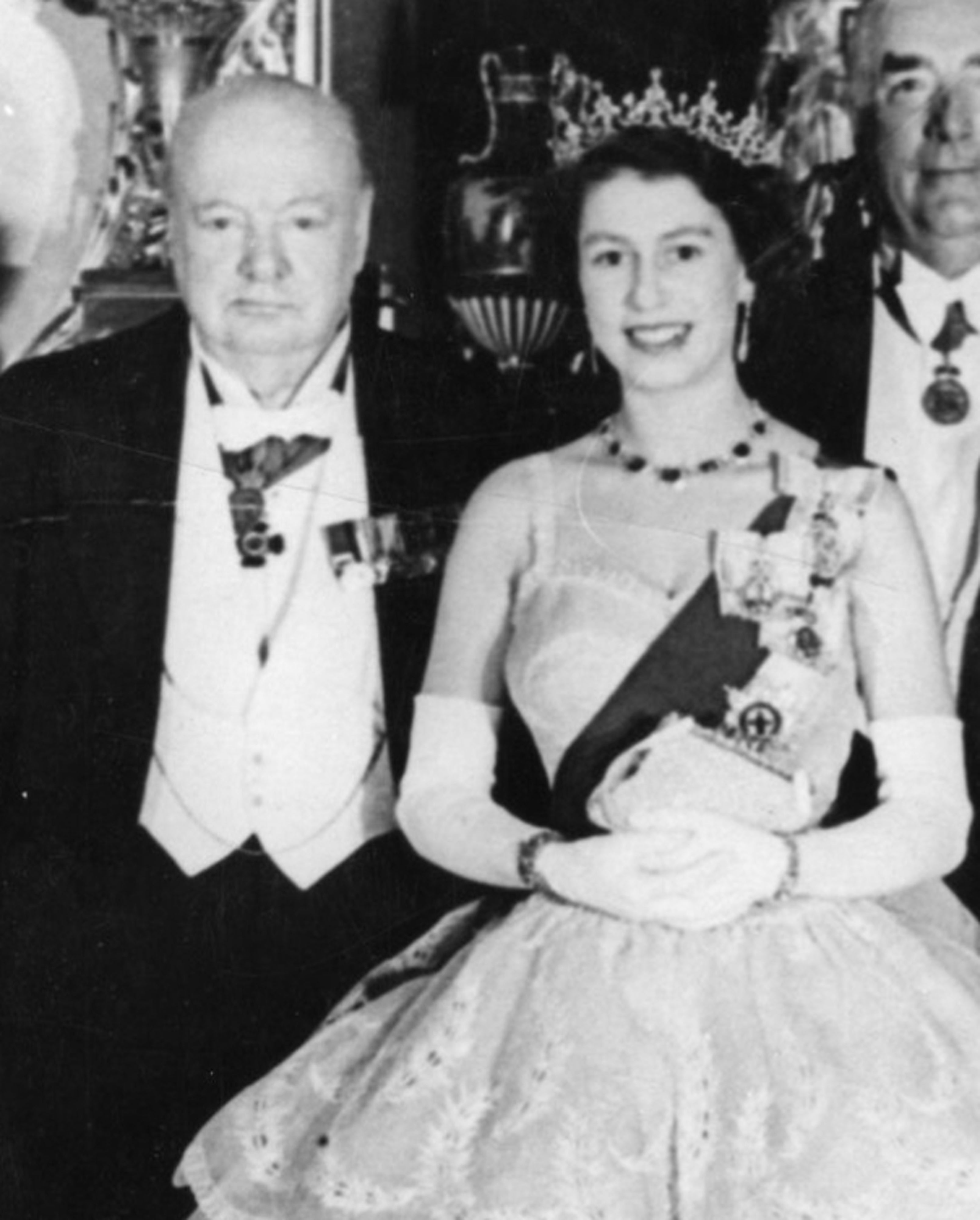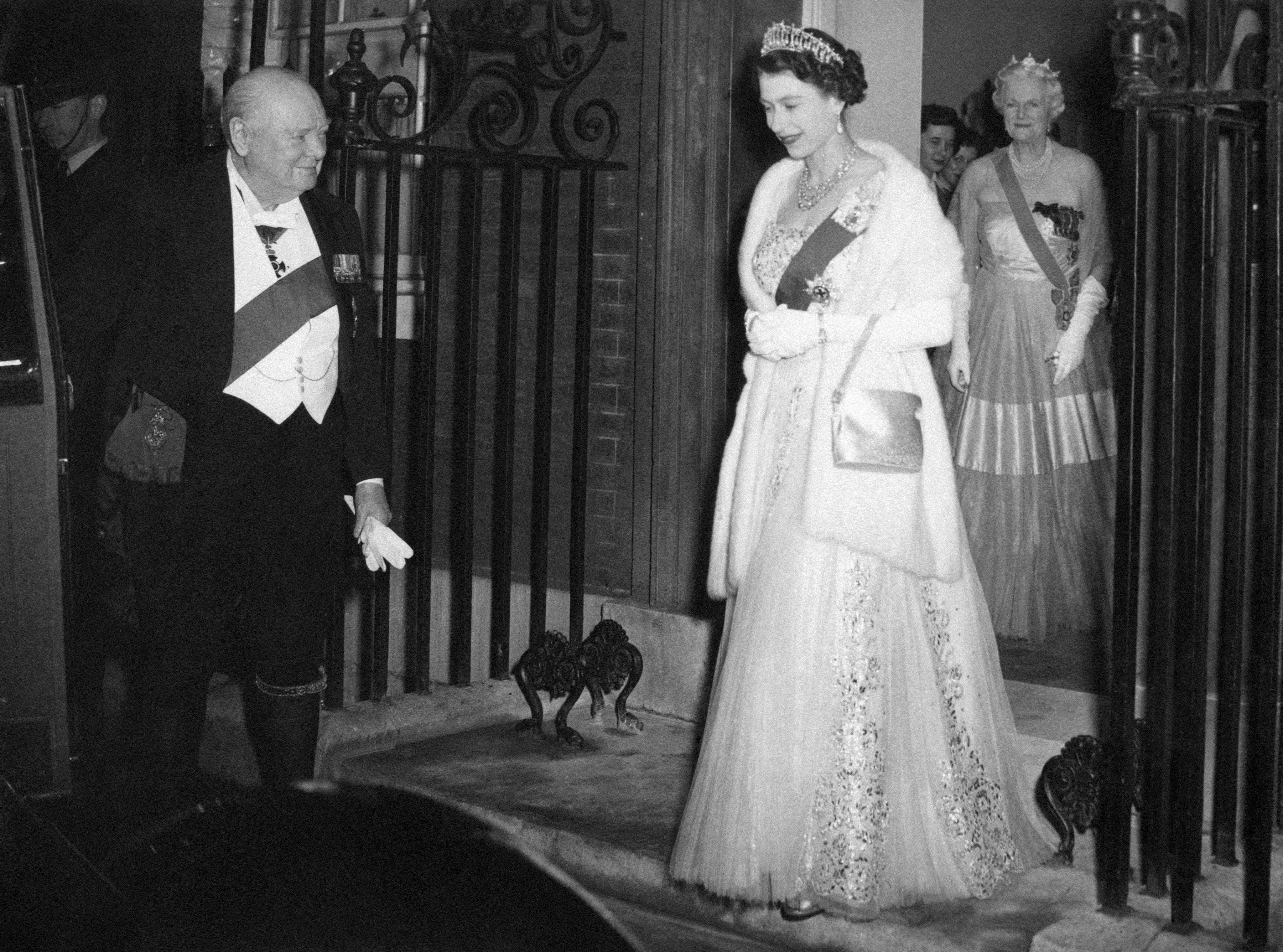Winston Churchill had last state funeral for non-royal
State funerals for a so-called ‘commoners’ need the assent of both parliament and monarch
Your support helps us to tell the story
From reproductive rights to climate change to Big Tech, The Independent is on the ground when the story is developing. Whether it's investigating the financials of Elon Musk's pro-Trump PAC or producing our latest documentary, 'The A Word', which shines a light on the American women fighting for reproductive rights, we know how important it is to parse out the facts from the messaging.
At such a critical moment in US history, we need reporters on the ground. Your donation allows us to keep sending journalists to speak to both sides of the story.
The Independent is trusted by Americans across the entire political spectrum. And unlike many other quality news outlets, we choose not to lock Americans out of our reporting and analysis with paywalls. We believe quality journalism should be available to everyone, paid for by those who can afford it.
Your support makes all the difference.The last state funeral for a non-royal was that of Winston Churchill in January 1965.
Churchill is among a small number of British prime ministers granted state funerals which are usually reserved for the monarchy.
In order for a state funeral to be held for a so-called “commoner”, it needs the assent of both parliament and the monarch.

In a letter granting permission for the use of both Westminster Hall and St Paul’s Cathedral for the funeral in 1965, Queen Elizabeth II described the war-time leader as a “national hero” who “in the hours of our greatest danger was the inspiring leader who strengthened and inspired us all.”
The people should have an “opportunity of expressing their sorrow at the loss and their veneration of the memory of that outstanding man who in war and peace served his country unfailingly for more than fifty years,” she wrote.
Churchill’s funeral was held on 30 January 1965 and was broadcast live by the BBC. He was the first non-royal politician to be granted a state funeral in the 20th Century, according to the broadcaster.
The funeral procession went from Westminster Hall where Churchill’s body lay in state to St Paul’s Cathedral where the funeral was held. His coffin was placed on a gun carriage drawn by the Royal Naval Gun Crew.
After the funeral, the procession went along the River Thames and finally by train to the village of Bladon in Oxfordshire where Churchill is buried, near his birthplace Blenheim Palace.

Heads of state and leaders from around the world attended his funeral, including Queen Elizabeth II.
Churchill was the Queen’s first prime minister. Fourteen others would go on to serve under her, the last being Liz Truss whom the queen formally appointed as prime minister on 6 September, two days before she died.

Despite Churchill being buried in Oxfordshire, a green marble memorial stone was unveiled by the Queen inside the west entrance of Westminster Abbey later that year.
The inscription reads: “Remember Winston Churchill in accordance with the wishes of the Queen and Parliament, the dean and chapter placed this stone on the twenty fifth anniversary of the Battle of Britain 15 September 1965.”



Join our commenting forum
Join thought-provoking conversations, follow other Independent readers and see their replies
Comments